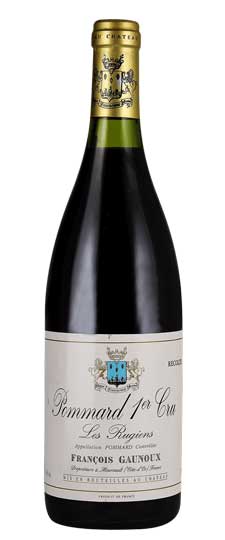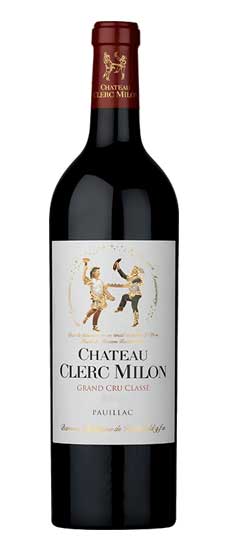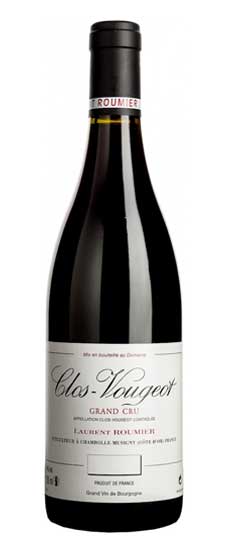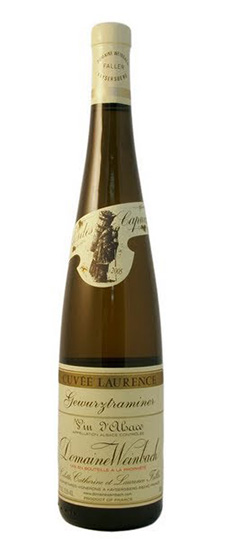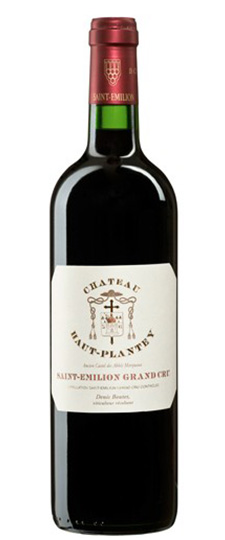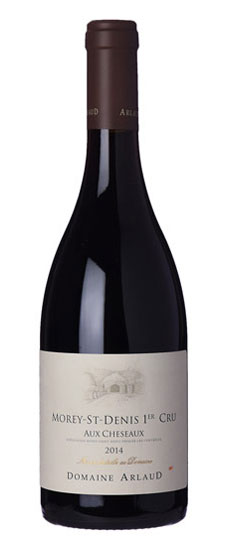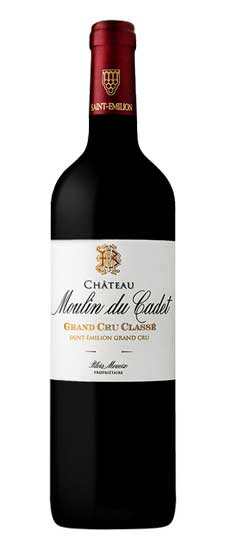Wine Score
Grape Variety
Pinot Noir
In many ways, Pinot Noir is the polar opposite of Cabernet Sauvignon. Pinot Noir has thin skins not thick and makes much lighter paler wines that are not as well suited to blending or long-term aging. Cabernet Sauvignon needs extra heat to ripen fully, while Pinot Noir needs cooler conditions to retain its seductive earthy charm and falls flat in places where it gets too ripe and fruity.
Pinot Noir is probably the most frustrating, and at times infuriating, wine grape in the world. However when it is successful, it can produce some of the most sublime wines known to man. This thin-skinned grape which grows in small, tight bunches performs well on well-drained, deepish limestone based subsoils as are found on Burgundy’s Côte d’Or.
Burgundy Wine
About 200 million years ago, the region was part of a vast, tropical sea which created limestone soils. These soils are the secret behind the zesty minerality that’s the hallmark of Burgundy wines. In fact, if you venture into the vineyards you can find chunks of limestone or marl (limestone mixed with clay) that contain fascinating fossilized sea creatures mixed within.
The easiest way to wrap your brain around Burgundy is to understand that there are really only two grape varieties to remember Pinot Noir & Chardonnay. Burgundy is not only the original home of these grapes, but the “terroir” (tare-wah) that best expresses their character – elegant, aromatic, complex and highly enjoyable
- Red Burgundy is wine that is made in the Burgundy region of eastern France using 100% Pinot Noir grapes. That’s right, Red Burgundy is just a Pinot Noir.
- White Burgundy is also made in Burgundy, but, since it is white, it is made from 100% Chardonnay grapes.
Burgundy has become known for being the best land in the world for producing both Pinot Noir and Chardonnay, and it is for this reason that Burgundy wines have received such acclaim. In fact, the quality of the land is considered to be so important to the creation of red and white Burgundy, that inside the Burgundy region, vineyards are classified by four levels, depending on how exceptional it is believed one’s plot of land is for growing the grapes. When buying a bottle of Burgundy, one of these four classifications will be labeled on the bottle:
- Grand Cru – This classification is reserved for the best vineyards. Only about 2 percent of all vineyards in Burgundy receive this classification
- Premier Cru – These wines are produced from vineyards that are still considered to be of stellar quality, but just a small step down from Grand Cru. These vineyards make up about 12 percent of all vineyards in Burgundy and can also produce wines that are quite expensive.
- Village Wines – These are Burgundies that are produced from grapes sourced from several vineyards in 1 of the 42 villages of Burgundy. You will know it’s a Village wine because the name of the village where the grapes were sourced will be labeled on the bottle. These wines represent 36 percent of all Burgundy.
- Regional Wines – Finally, Regional wines are considered to be the lowest level of classification. These are wines that are created from a combination of vineyards from a variety of villages within Burgundy, as opposed to a single village, like Village wines. As such, wines of this classification will simply be labeled as a wine of Bourgone. These wines represent 50 percent of all wines produced in Burgundy.
Burgundy Wine Style
To the ‘vigneron” (winemakers/growers) Burgundy is not only the original home of these grapes, but the terroir that best expresses their character – elegant, aromatic, complex and highly enjoyable. Pinot noir from Burgundy as “Rustic” “Barnyard” or “Forest-floor”
No other wine region in the world is as well-known for its terroir as Burgundy, where vineyards that are metres apart can produce vastly different wines from the same grapes.
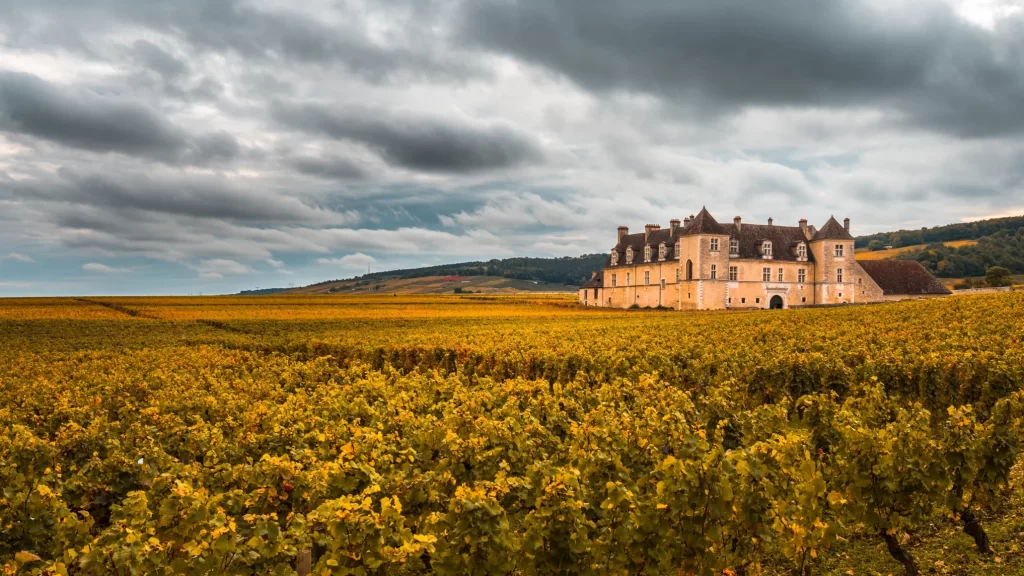
Entirely walled and boasting a grand château that serves as a headquarters of the local winemaking brotherhood, Clos de Vougeot Grand Cru is one of the iconic vineyards of the Côte de Nuits.
Situation
The Clos de Vougeot in the heart of the Côte de Nuits occupies most of the vineyard area belonging to the commune of Vougeot. Vougeot’s neighbours are Chambolle-Musigny, Flagey-Échezeaux and Vosne-Romanée. On the slopes at the upper end of the Clos, it abuts on the vineyards of Musigny and GrandsÉchezeaux. Founded around 1110 AD by the monks of nearby Cîteaux, who remained its owners until the French Revolution (1789), the Clos de Vougeot is a Burgundian icon. Its 50.59 ha. have never been broken up and it retains its identity intact within the walls which were built to enclose it 5 centuries ago. Its wines are among the finest of the Grands Crus reds and it has held Grand Cru status since 31 July 1937. The château, (which adjoins the cellars and the winery with its giant presses dating back to the 12th and 14th centuries), is built in the Burgundian Renaissance style and is open to visitors. The Confrérie des Chevaliers du Tastevin holds its meetings or “chapters” here and therefore it is no surprise that the finest food and wine in France is found here.
Terroirs
The diversity of soils within the Clos de Vougeot makes up a sort of needle-point tapestry. At about 255 metres above sea-level, its upper end is gently sloping, with soil only some 40 cm deep, coarse-grained and gravelly over a limestone base. In the centre, at about 250 metres of altitude, the soil is still shallow (45 cm), brown, more clayey, overlying broken limestone. The lower portion (around 240 metres) has a brown soil which is deeper (90 cm) and lies on a layer of marl, rich in clay and alluvium. The rocks belong to the Jurassic period (175 million years BC).
Red : this mouth-filling and noble wine demands to be matched with food that is equally as rich, smooth, opulent, and complex. The emphasis therefore will normally be on musky and marbled meats: forerib of beef, braised lamb, roast veal with mushrooms or a nice game-bird (in sauce or simply roasted). The meat must not be too firm, thus allowing the tannins of the Clos de Vougeot to envelop it without being over-dominant.
Cheeses: preferably soft-centred cheeses such as Époisses, Langres,
Soumaintrain, Saint-Florentin, and not forgetting Cîteaux, whose monks first established this famous vineyard.
Serving temperatures: 12 to 13°C for young wines,15 to 16°C for older wines.

